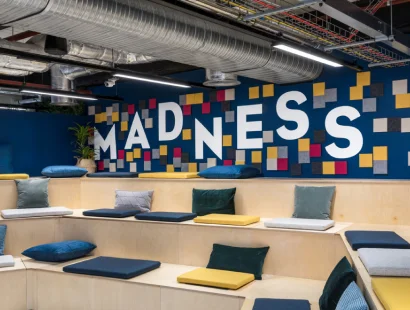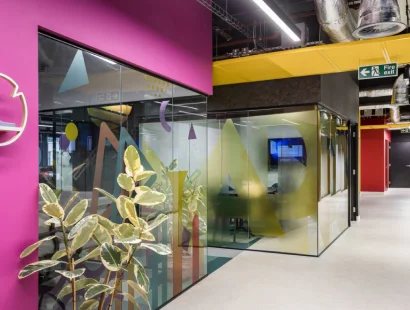
How to Build a Strong Brand Identity for Your Business
Your brand identity isn’t just a logo or a catchy tagline—it’s the heart and soul of your business. It’s how your customers perceive you and how they emotionally connect with your products or services. From the colors you choose to the tone in your messages, every little detail contributes to your overall identity.
Building a compelling brand identity is essential for businesses of all sizes, but for entrepreneurs and small business owners, it’s especially critical. Why? Because a strong brand doesn’t just set you apart from the competition—it builds trust, loyalty, and recognition in a crowded marketplace.
What Is Brand Identity, and Why Does It Matter?
Brand identity encompasses everything you create to convey the image of your business to the world. It’s not just what people see, but also what they feel. Think of it as the visual and emotional representation of your company’s mission, values, and personality.
A well-defined brand identity impacts how your business is perceived in several key ways:
- Differentiation: It helps your business stand out in a competitive market.
- Recognition: A unique identity makes it easier for customers to remember and identify your brand.
- Customer Loyalty: Strong branding can create emotional connections, turning customers into lifelong advocates.
- Credibility and Trust: A cohesive and professional appearance builds trust with your audience.
Your brand identity is the foundation upon which your marketing and communication efforts are built. From your website design to the packaging on your products, everything should consistently reflect who you are as a brand.



The Core Elements of Brand Identity
Creating a memorable and cohesive brand begins with understanding its core components. These elements work together to represent your business in a unified and visually appealing way.
1. Logo
Your logo is the most recognizable element of your brand identity. It’s often the first thing people associate with your business. Your logo should be simple, versatile, and reflective of your brand’s personality. Consider iconic logos like Nike’s swoosh or Apple’s bitten apple—both are minimalist yet memorable.
2. Color Palette
Colors evoke emotions and play a significant role in shaping perceptions. For example:
- Blue conveys trust and professionalism.
- Red sparks excitement and urgency.
- Green symbolizes growth and sustainability.
Choose a color palette that aligns with your brand’s values and use it consistently across all platforms, from your website to your social media posts.
3. Typography
Fonts may seem trivial, but they’re an essential part of your brand’s visual identity. A handwritten, playful font will give a very different impression than a clean, modern sans-serif.
Stick to 2-3 fonts maximum to keep your design clean and professional. Many brands choose a primary font for headlines and a secondary font for body text to maintain hierarchy and readability.
4. Brand Voice
Your brand voice is how your business “speaks” to its audience. Whether it’s confident and professional or fun and quirky, your tone should align with how you want to be perceived. For example, brands like Wendy’s on Twitter have adopted a playful, witty tone to engage their audience, while a company like IBM opts for a more formal and knowledgeable voice.


Start Building Your Brand Identity Today
Your brand identity is more than just a visual aesthetic—it’s the DNA of your business. It’s what sets you apart, fosters trust, and builds lasting relationships with your audience.
By creating a cohesive brand identity and ensuring consistency in every interaction, you’ll position your business as a professional, reliable, and emotionally compelling choice in the marketplace.
Start your experience with ideahits
Company
ideahits.com
Feel free to reach out if you want to collaborate with us, or simply have a chat.
Portuguese
Follow Us
ideahits.com

